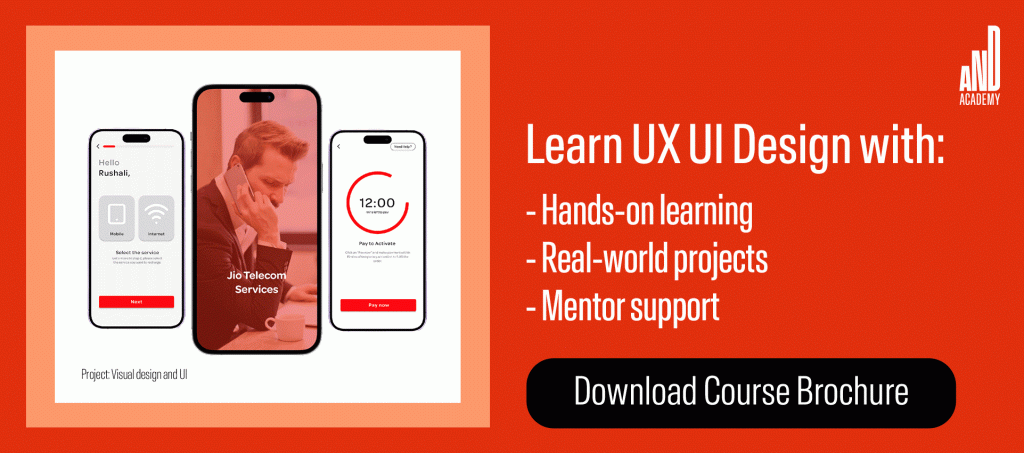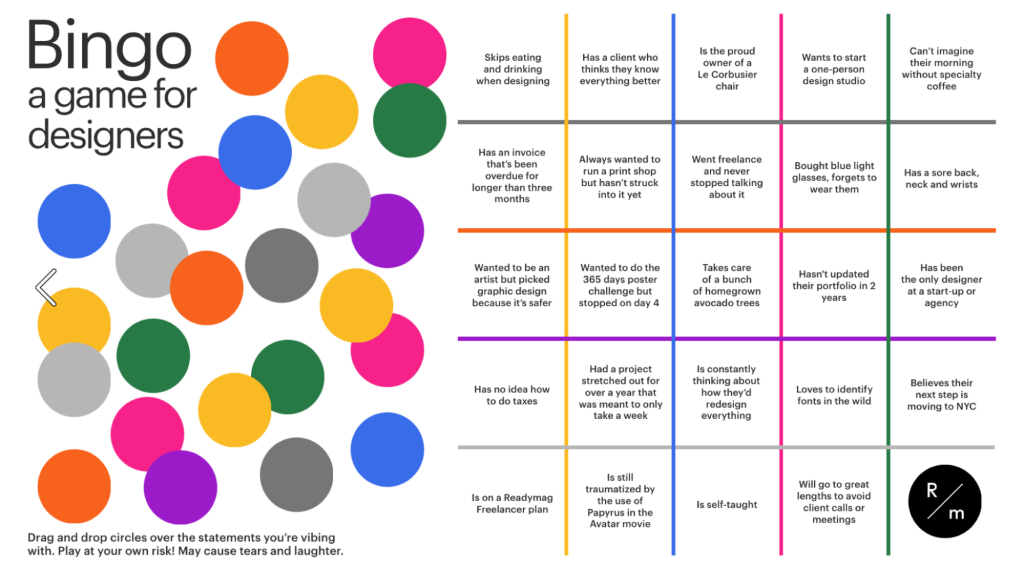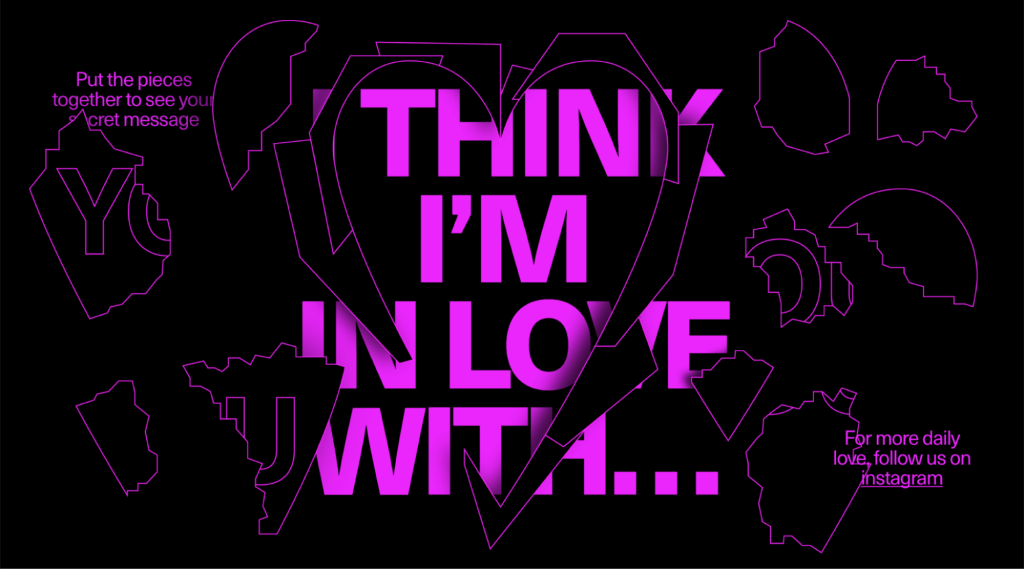A simple button can make your site a user favorite, while games and competitive elements change the perception of an interface. Let’s talk about how interactive design and game mechanics hold attention and make an interface engaging.
In today’s digital landscape, a well-designed website is no longer just about aesthetics; it must also engage users, keep their attention, and provide an enjoyable browsing experience. This is where interactivity and gamification come into play. By using interactive elements and game mechanics, designers can create more engaging, immersive, and rewarding digital experiences that encourage users to stay longer and return often.
But what exactly makes interactivity and gamification so effective? Why can a simple button or progress counter make a website a favorite destination? How can competitive elements and playful engagement transform the perception of an interface? This article explores all of this as well as the significance of interactivity and gamification in web design, how they impact user engagement, and how they can be effectively designed to enhance user experiences.
Here’s what we cover:
- Interactivity in web design
- Gamification in web design
- The difference between interactivity and gamification
- How interactivity and gamification affect user experience on the web
- Examples of both mechanics
- Websites that use these elements well
- How to level up and what to read next
Interactivity In Web Design
Interactivity is anything that enables the user to interact with page elements easily. It can be clicking a button, hovering the mouse over an object, or scrolling the page. Interactivity allows the user to not just “look” at the page but also actively engage with it, creating a sense of involvement.
In the future, we may see even more sophisticated forms of interactivity, such as brain-computer interfaces (BCI), which enable direct communication between the brain and digital systems. Research in this field is advancing rapidly, with companies developing neural implants and non-invasive devices that could one day allow users to control interfaces through thought alone.
Take IKEA as an example: when people assemble furniture themselves, they begin to appreciate it more because they have put effort into the process. This phenomenon is known as the “IKEA effect.” Web design works on a similar principle—if a user can change or personalize the interface, it makes their experience more meaningful and valuable.
Gamification In Web Design
Gamification is the introduction of game elements into non-game contexts, such as educational or work processes, to make the latter more engaging and motivating. For example, we take an ordinary task like learning a foreign language and add elements such as levels, rewards, and progress bars. This makes the task less boring and mundane.
The basic elements of gamification include competition, rewards, interactivity, and even narrative—where the user is presented with a story in which they can participate. A prime example is the Duolingo app. There, the users compete against themselves, completing daily tasks and earning rewards for success. This keeps the user motivated and makes learning more fun.

The Difference Between Interactivity and Gamification
Interactivity is often encouraged by a basic interaction element with an interface, while gamification is a more complex structure that can include interactivity as one of its elements. Roughly speaking, every game is interactive, but not every instance of interactivity is a game.
For example, a progress bar that fills up as a user completes a form is an interactive element—it provides feedback but doesn’t add motivation beyond usability. A reward system that grants badges for completing multiple forms introduces gamification—it turns the task into a challenge with incentives.
Gamification always presupposes some game goals, such as progress tracking, rewards, competition, or achievements. Interactivity, while essential, doesn’t inherently contain these elements—it simply makes the experience more engaging.
How Interactivity and Gamification Affect User Experience
Interactivity enhances usability by providing real-time feedback, making digital experiences more intuitive and engaging. When users see their actions directly affecting the interface—such as clicking a button and receiving instant confirmation or dragging and dropping elements to customize a page—it creates a sense of control and immersion. This is closely tied to principles of human-computer interaction (HCI), which emphasize the importance of responsive and adaptive interfaces. Research on haptic feedback and micro-interactions suggests that small, interactive elements—such as hover effects or subtle animations—enhance the user experience by creating a more tactile and engaging interface.
Meanwhile, gamification adds an extra layer of motivation. Unlike interactivity, which primarily focuses on usability, gamification is designed to tap into intrinsic and extrinsic motivation. Users are more likely to return to a website if they feel they are progressing toward a goal or receiving rewards for their actions. Numerous studies show that such elements can increase engagement and even productivity.

Examples of Interactive and Gamified Mechanics in Web Design
By combining interactive and gamified mechanics, digital experiences become more immersive and effective in keeping users motivated.
Interactive Mechanics Examples
- Progress indicators – These visual cues help users track their progress toward a goal, reducing uncertainty and encouraging the completion of a task. They are commonly used on educational platforms to show lesson completion, in online stores to display checkout progress, and in onboarding workflows to guide users through multi-step processes.
- Hover effects and micro-interactions– Small interactive elements, such as buttons that change color when hovered over or tooltips that appear on demand, provide real-time feedback and make the interface feel more intuitive and responsive.
- Drag-and-drop functionality – Found in design tools, website builders, and interactive forms, this mechanic allows users to manipulate elements freely, creating a hands-on and personalized experience.
- Adaptive interfaces – Some applications adjust dynamically based on user input, such as chatbots that offer tailored suggestions or dashboards that customize data visualization according to user preferences.
Gamification Mechanics Examples
- Badges and rewards – Digital trophies, achievement badges, or experience points encourage users to complete tasks by offering a tangible sense of progress. These mechanics are widely used in learning apps, community forums, and fitness trackers.
- Challenges and streaks – Setting up time-based challenges, such as “complete five lessons in a row” or “log in for 30 days straight,” taps into users’ motivation to maintain consistency. Duolingo and habit-tracking apps use this technique to drive engagement.
- Competitive elements – Leaderboards, ranking systems, and peer-to-peer challenges add an element of competition, inspiring users to improve their performance. For example, fitness apps like Nike+ Run Club allow users to compare their progress with friends or global participants.
- Narrative and storytelling – Some applications introduce story-driven mechanics, where users progress through a journey, unlocking new content or features as they advance. This is common in language-learning platforms and productivity apps that gamify task completion.
Examples of Websites Using Interactivity and Gamification
Interactive design can introduce gamification elements, turning user actions into meaningful interactions. These elements not only make the process of creating a website enjoyable but also allow designers to experiment, turning the page into something lively and dynamic.
For example, a digital project likeDesigner’s Bingo applies drag-and-drop mechanics to encourage self-expression: users interact with statements that resonate with them, reinforcing a sense of community and engagement. Similarly, puzzle-based interactions, such as assembling elements to reveal hidden messages, create a sense of progression and reward, making the experience both immersive and emotionally satisfying.

Designer’s Bingo, the web game designed with Readymag
The web project,Loveletter.uses puzzle mechanics where users assemble pieces to reveal a hidden message. The user engages in a task that requires time and attention, and the end goal reinforces their motivation. This creates an element of expectation and reward that makes interacting with the interface not just utilitarian but also exciting and emotionally satisfying.

Loveletter, the web postcard
The Anoche Soñé online store has a “put together your look” feature that uses drag-and-drop to allow users to “try on” virtual outfits by dragging and dropping clothes onto a model. From a gamification perspective, this process gives the user control and creative freedom, which increases their engagement and makes the shopping experience more interesting. The ability to “assemble” their outfit by experimenting with different elements evokes an emotional attachment to the selected items and motivates users to complete the purchase.

The Anoche Soñé online store
How to level up and what else to read on the topic
Here are some suggestions from us to help you understand more on this topic.
- “Hooked: How to Build Habit-Forming Products” by Nir Eyal—a great book on how to create products that build habits and engage the user.
- “The Art of Game Design” by Jesse Schell—if you’re interested in understanding exactly how game mechanics are built and how they can be adapted to non-game contexts.
- “Homo Ludens” by Johan Huizinga—a classic work that examines play as a fundamental element of human culture.
- “Don’t Make Me Think” by Steve Krug—a classic book on UX design that will help you understand the basics of usability and interface design.
- And, of course, the best way to learn is by doing. Experiment as much as possible—try creating interactive, gamified websites to sharpen your skills.
Conclusion
We hope that this guide on enhancing user experience through interactivity and gamification in web design has been both useful and informative, helping you understand its profound impact on creating websites that are enjoyable, intuitive, and dynamic. By incorporating these elements, UX designers can create engaging, rewarding interfaces that encourage user participation, enhance functionality, and contribute to more satisfying interactions, ultimately leading to more impactful design outcomes.
Alternatively, you can also look at this UX Project by AND learner Jaazbia Khan for practical insight into the field and best practices for enhancing the user experience.
Next Steps
In case you think you need further assistance, here are some of our resources you can consider:
- Watch this session by Shiva Viswanathan, Design Head of Ogilvy Pennywise, and Naman Singh, Product Experience Designer at RED.
- Talk to a course advisor to discuss how you can transform your career with one of our courses.
- Pursue our UI UX Design courses – all courses are taught through live, interactive classes by industry experts, and some even offer a Job Guarantee.
- Take advantage of our scholarship and funding options to overcome any financial hurdle on the path of your career transformation.
Note: All information and/or data from external sources is believed to be accurate as of the date of publication.









